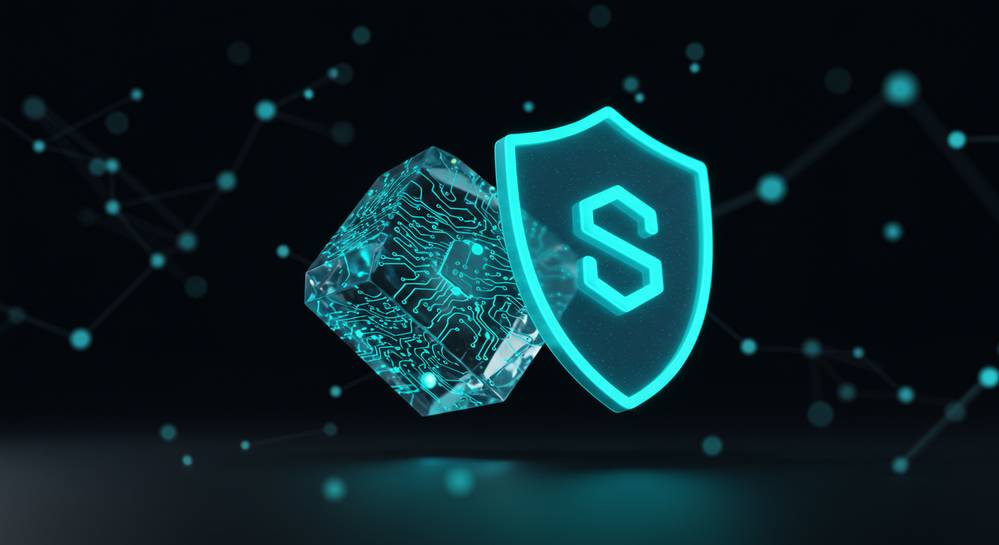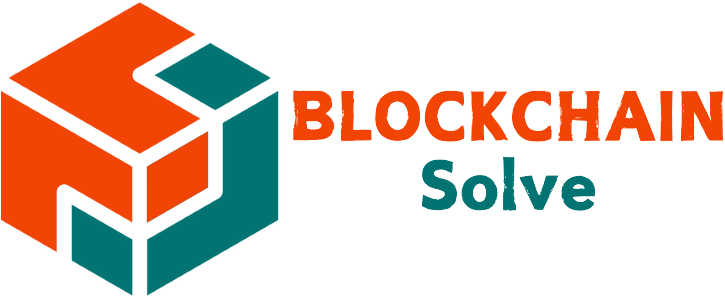In the world of decentralized technology, security is not just a feature; it is the foundation of trust and value. As blockchain systems manage billions in assets, understanding and implementing the best practices for blockchain security is paramount. This guide provides a clear, actionable framework for developers, investors, and users to safeguard their digital assets against the evolving landscape of cyber threats, ensuring resilience and integrity.
Secure coding and development lifecycle

The first line of defense in blockchain security is the code itself. Adopting a security-first mindset throughout the development lifecycle is non-negotiable. This proactive approach minimizes vulnerabilities before deployment, saving significant resources compared to fixing issues post-launch. Following established best practices for blockchain security is essential for building robust and trustworthy applications.
A structured process prevents common errors that lead to costly exploits. Key practices include:
- Use established standards: Rely on well-vetted libraries like OpenZeppelin. The security of smart contracts heavily depends on using proven code instead of reinventing the wheel, which can introduce unforeseen flaws.
- Implement a peer review process: Before merging code, ensure at least one other developer reviews it. A fresh perspective often spots logic errors or vulnerabilities the original author missed.
- Adopt a comprehensive testing strategy: Combine unit tests, integration tests, and static analysis (SAST) to validate every component. This ensures the code functions as expected under stress and adversarial conditions.
The critical role of smart contract audits

Even with skilled developers, internal biases and oversights are inevitable. A smart contract audit is an independent verification of your codebase by third-party security experts. This process is a critical component of the best practices for blockchain security, identifying sophisticated flaws that internal teams might miss. Think of it as a mandatory final exam before your application handles user funds, a step that builds trust and prevents catastrophic losses.
A comprehensive blockchain security audit focuses on several key areas:
- Vulnerability detection: Auditors use automated tools and manual analysis to check for common issues like reentrancy, integer overflows, and front-running. Understanding common vulnerabilities identified in smart contract audits is crucial for defense.
- Logic validation: They ensure the contract behaves exactly as intended according to your business requirements. This step prevents unintended economic exploits or logical loopholes.
- Gas optimization: While not strictly a security issue, auditors often provide recommendations to make your contracts more efficient. This directly reduces transaction costs for your users.
Robust private key and wallet management
A perfectly secure smart contract is useless if the private keys controlling it are compromised. Private key management is a critical pillar of overall blockchain security, representing the ultimate point of access to digital assets. Following best practices for blockchain security in this area is non-negotiable for protecting funds from theft and unauthorized access.
Key strategies for safeguarding assets include:
- Hardware wallets: For storing significant value, always use hardware wallets like Ledger or Trezor. They keep private keys in a secure, offline environment, isolated from online threats.
- Multi-signature wallets: Instead of a single point of failure, multi-sig wallets require multiple approvals for transactions. This is the standard for DAOs and corporate treasuries. Choosing the right setup involves understanding undefined.
- Phishing awareness: Never enter your private key or seed phrase on an untrusted website. Always double-check URLs and be wary of unsolicited offers to avoid common scams.
Continuous monitoring and incident response planning

Blockchain security is not a one-and-done activity. Once a system is deployed, it requires constant vigilance to protect against emerging threats and respond effectively to security incidents. A proactive monitoring and response strategy can be the difference between a minor issue and a catastrophic failure. This ongoing process is one of the most critical best practices for blockchain security.
An effective plan includes these critical components:
- Real-time network monitoring: Use tools to monitor on-chain activity related to your smart contracts. Set up alerts for unusual transaction volumes, function calls from suspicious addresses, or rapid changes in contract state.
- Develop an incident response plan: Your team must have a clear, predefined plan for post-launch vulnerabilities. This includes steps to pause contracts if possible, notify users, and deploy fixes.
- Stay informed on new threats: The security landscape constantly evolves. Follow reputable security researchers and firms to stay updated on new attack vectors and defensive techniques.
Securing a blockchain application is a comprehensive, multi-layered effort, not a simple checklist. By integrating secure coding, mandating audits, enforcing strict key management, and maintaining continuous monitoring, you build a resilient defense against threats. This proactive stance is the cornerstone of building trust and long-term value in the decentralized ecosystem. For more expert insights and solutions, explore the resources at Blockchain Solve.

